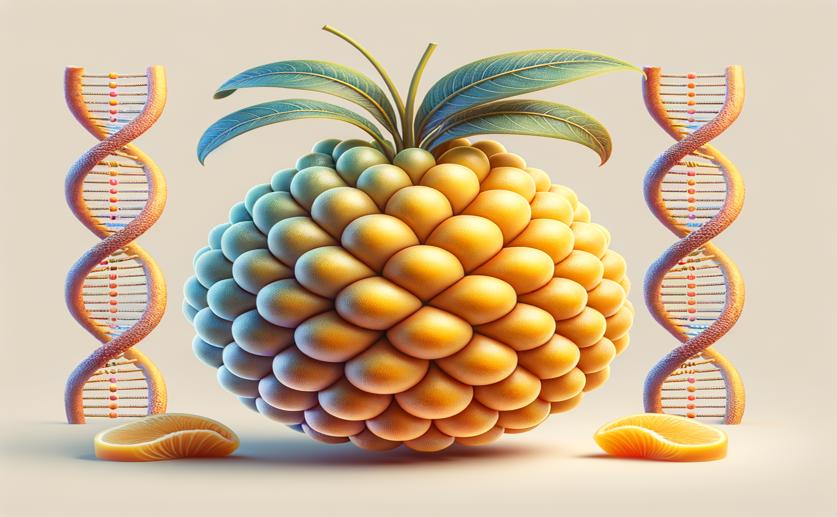
Understanding the Unique Position of Baolia Using Shape and DNA Analysis
Jenn Hoskins
26th May, 2024

Image Source: Natural Science News, 2024
Key Findings
- The study focused on Baolia, a unique plant genus found only in Diebu County, Gansu Province, China
- Researchers sequenced Baolia's chloroplast genome to clarify its evolutionary position within the Chenopodiaceae family
- The findings revealed that Baolia is a sister group to the subfamily Corispermoideae, sharing a common ancestor but evolving distinct characteristics
GeneticsPlant ScienceEvolution
References
Main Study
1) Phylogenetic placement of the monotypic Baolia (Amaranthaceae s.l.) based on morphological and molecular evidence
Published 25th May, 2024
https://doi.org/10.1186/s12870-024-05164-8
Related Studies
2) One-seeded fruits in the core Caryophyllales: their origin and structural diversity.
3) Towards a species level tree of the globally diverse genus Chenopodium (Chenopodiaceae).



 11th May, 2024 | Jim Crocker
11th May, 2024 | Jim Crocker